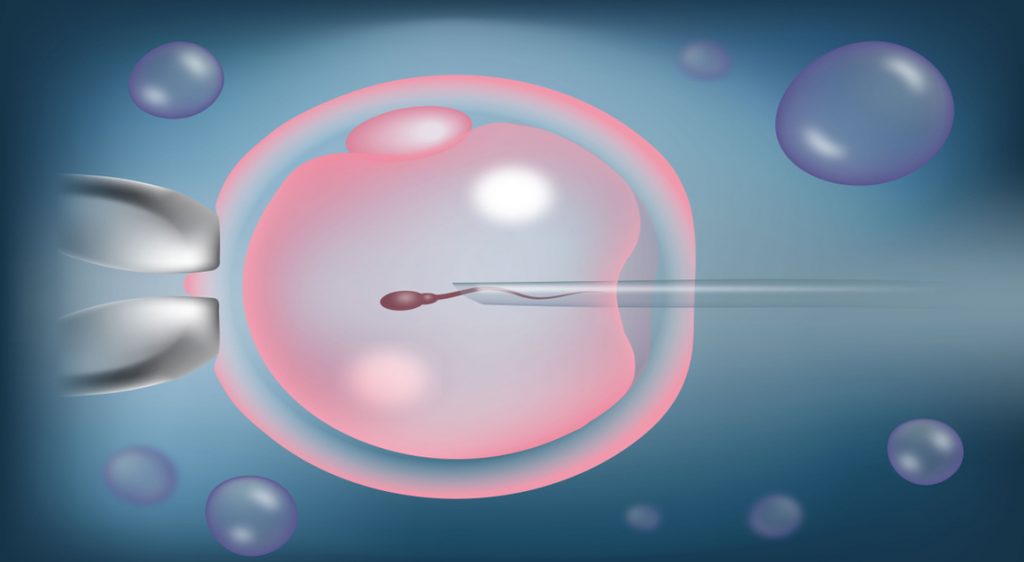If you suffer from a persistent inability to get and keep an erection, you may be suffering from erectile dysfunction. According to the Massachusetts Male Aging Study, which studied 1,709 men aged 40 to 70 between 1987 and 1989, a total of 52 percent of men were affected by ED. By the year 2025, the number of men with ED will increase to 322 million.
Several approaches to treating ED are available. A urologist may recommend surgery or penile implants to treat erectile dysfunction. Surgical procedures such as a penile implant can also be an effective treatment for erectile dysfunction. However, there are numerous risks associated with these methods. In addition to the risks of surgery, some erectile dysfunction medications may cause side effects. For non-invasive alternatives, devices for shockwave therapy for ED at home are gaining attention as a possible option. If you’re interested in learning more about treatment options, it’s best to consult a physician who specializes in urology.
The Journal of Sexual Medicine reports that a majority of men with ED will undergo sexual therapy before beginning treatment. Sex therapy may help men cope with the problem and understand the reasons for the problem. The Panel suggests that patients undergo sex therapy before engaging in invasive treatments. While hormone replacement therapies do not directly treat ED, they are recommended for men with clear psychological causes. You should consult a physician to make sure hormone replacement therapy is the best option for you.
A strong pelvic floor is essential to having an erection. It makes the penis more rigid during an erection, prevents blood from leaving the penis, and presses on a vital vein. Biofeedback and Kegel exercises combined with lifestyle changes have shown promising results in overcoming erectile dysfunction. These methods are not effective, but can help you get an erectile erection in as little as a week.
A strong pelvic floor improves rigidity during an erection. This helps prevent blood from leaking out of the penis and also presses on a key vein. The enlarged penis may indicate a problem with erectile function. In this case, you may want to consult a doctor for further treatment. Depending on the severity of your erectile dysfunction, your doctor will recommend an effective ED therapy or treatment plan.
A strong pelvic floor is crucial to achieving an erection. It helps to ensure that blood is not leaking out during sexual intercourse and prevents the penis from dilating. Additionally, a strong pelvic floor enhances a man’s erection’s rigidity by pressing on the penis’s key vein. Despite the benefits of biofeedback and Kegel exercises, a proper diagnosis is necessary before deciding on a treatment plan.
While a person’s penile artery and veins may be a major cause of ED, other factors can also contribute to ED. If erectile dysfunction is persistent and causes frequent loss of libido, a doctor may recommend an angioplasty or a procedure to correct the problem. If you have a medical condition that is affecting your penile blood flow, your doctor may recommend medication.
There are a number of possible causes of erectile dysfunction. The nervous system, blood flow and hormone levels can all affect the function of the penis. Psychological factors can also play a role in the development of ED. Gay men are more likely than heterosexual men to experience ED. Although more research is needed in this area, some treatments are covered by insurance plans. For more information, visit the National Institute of Health.
Most men can benefit from sex therapy, which aims to help the patient accept the problem and overcome it. Moreover, if the psychological cause is clear, a physician will first try noninvasive treatment before recommending any invasive procedure. In some cases, low hormone levels may also contribute to ED. While these methods are very effective, they should be used only under the supervision of a qualified medical professional.
Depending on the cause of the problem, different types of medical specialists may be used. In some cases, oral medications are prescribed. For other cases, a urologist may perform injections or perform surgery. In addition, a psychologist may be consulted. Each type of treatment comes with pros and cons. Listed below are the most common treatments for ED. While many treatments for ED are effective, they do carry side effects.
Organic ED is the most common type of erectile dysfunction in older men. This type of ED is generally caused by arteriosclerosis or trauma to the arteries. Certain risk factors, including smoking, high cholesterol, and high blood pressure, can contribute to this disease. In other cases, the problem can be caused by a combination of factors. However, in most cases, the condition can be treated safely and effectively.
Prescription drugs can cause erectile dysfunction. These drugs affect a man’s blood circulation, nerves, and hormones. They can increase the risk of developing erectile dysfunction. Diuretics, which increase urine flow, and antihypertensives (which treat high blood pressure and irregular heartbeats), may also cause erectile dysfunction. Even in this case, it is best to consult a physician to avoid adverse effects.
Most men are diagnosed with ED through their GP, who will perform a physical examination and administer simple tests. The cause of erectile dysfunction must be addressed in order to successfully treat the condition. The most common cause of erectile dysfunction is atherosclerosis, which is a result of narrowing of the arteries. Treatment for erectile dysfunction involves lifestyle changes, reducing the risk of cardiovascular disease, and medication.
Besides vascular diseases and neurological disorders, other causes of erectile dysfunction include drugs that affect the blood supply to the penis. The most common treatment for erectile dysfunction involves a vasectomy, a surgical procedure that removes the penis. This procedure is not recommended for every patient, and it is not for all men. Most men with erectile dysfunction will need to undergo some sort of medication.














